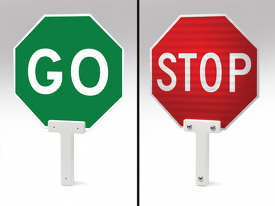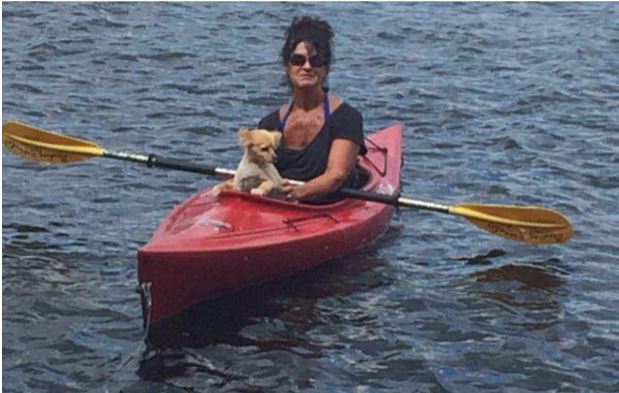Developing Team Norms
Developing team norms is among the most effective ways to improve your team’s effectiveness. It’s great advice, backed by research…at Google. But it’s not working for your team. What’s the problem?
Developing norms is a necessary but not sufficient condition to make sure they stick.
No one told you about the other necessary conditions. You thought developing team norms was the whole enchilada. You hired a facilitator and planned a retreat. It went really well. You posted the norms in conference rooms and gave everyone a wallet sized laminate. You were good to go.
Things were different and better …for several weeks. Then old behavior patterns returned. Andy and Beth responded defensively when their groups were part of the problem and needed to be part of the solution. Team members were blaming each other. Finger pointing was back in full force.
Everyone had agreed to resolve cross silo issues. They would act in the best interest of the entire organization. People wouldn’t react defensively. As these new norms fall by the wayside, you revert to information sharing and a directive style out of sheer frustration. People complain that team meetings are a waste of time.
You conclude that developing team norms was wasted time and effort.
Not so fast. Developing team norms was an important first step.
So what’s the problem? You didn’t create a follow up plan to ensure they stick.
Making Team Norms Stick: Phase 1, Assessing the Team
Alex knew his team’s performance was below par. People dreaded team meetings. Conflicts and finger pointing were plentiful. The group faced big business challenges, but team members weren’t collaborating to solve them.
Alex reached out for help. Because many teams don’t have, and/or follow, team norms, our initial assessment included these questions:
- Does the team have a clear set of norms for how people are expected to behave?
- To what degree do team members follow these norms?
- What happens when they don’t?
- What happens when they do?
The group answered question 1, with a unanimous no.
Phase 2: Developing, Practicing and Validate Team Norms
We held a retreat to:
- Develop team norms
- Practice team norms
- Validate and reinforce behaviors that support the norms
For steps 2 and 3, each person crafted two small hand held signs.

After we developed the norms, we had a discussion of behaviors that support and violate the norms. I asked team members to do two things at once.
- Participate in the discussion
- Notice when people behave in ways that either supported or violated the norms
- Raise their hand held signs accordingly
When behaviors supported the norms, participants held up the Go sign. When behaviors violated the norms, the Stop sign went up.
It’s a little like kindergarten, which means people feel a little foolish, which means we laugh, which means it’s all in good spirits. We laugh. It works, as if often the case with light-hearted humor that serves a purpose.
Phase 3: Rinse and Repeat
Two months later, I check in with Alex and his team. They say team meetings are both more productive and more enjoyable. People are following the norms. They continue to use the Stop and Go flags.
The Moral of the Story
Team norms won’t work unless you practice, validate and reinforce them.

